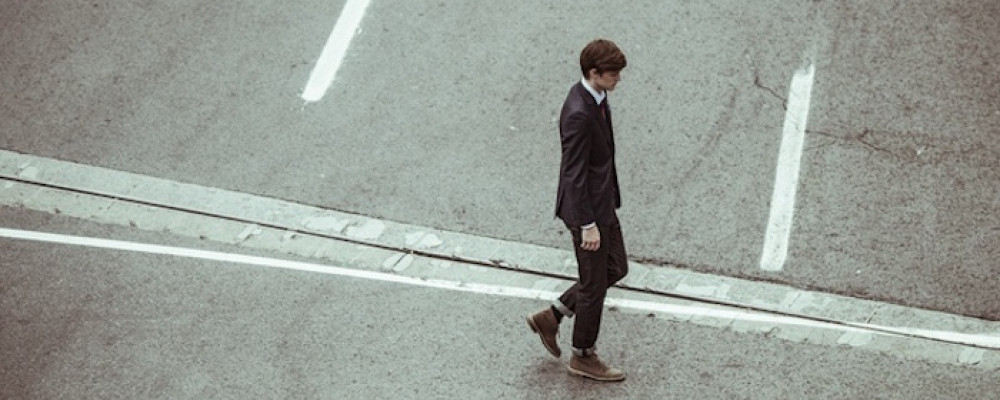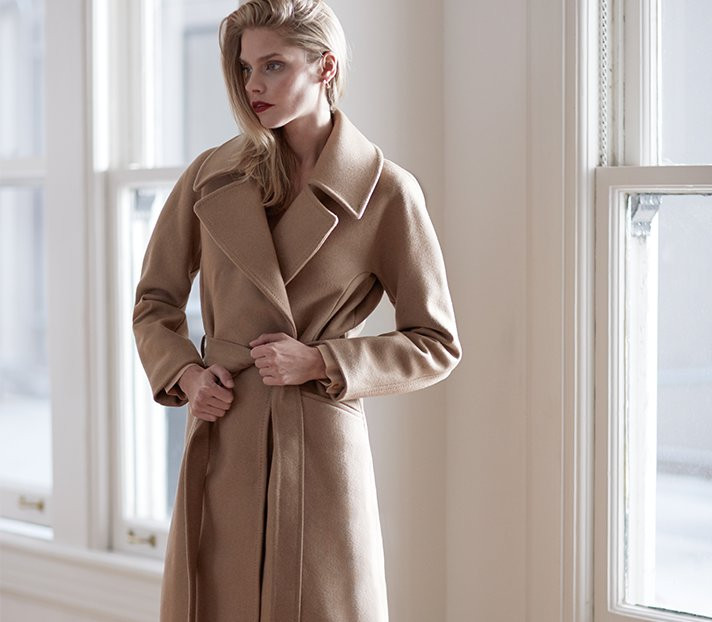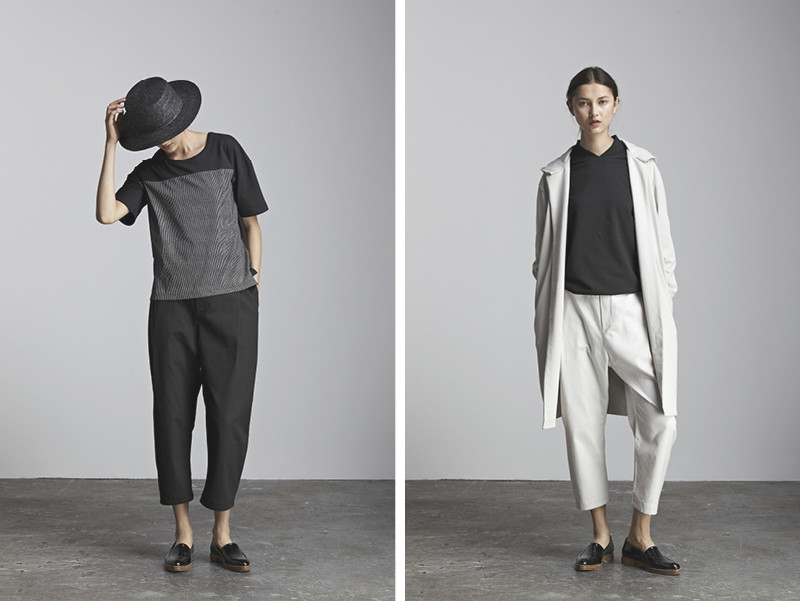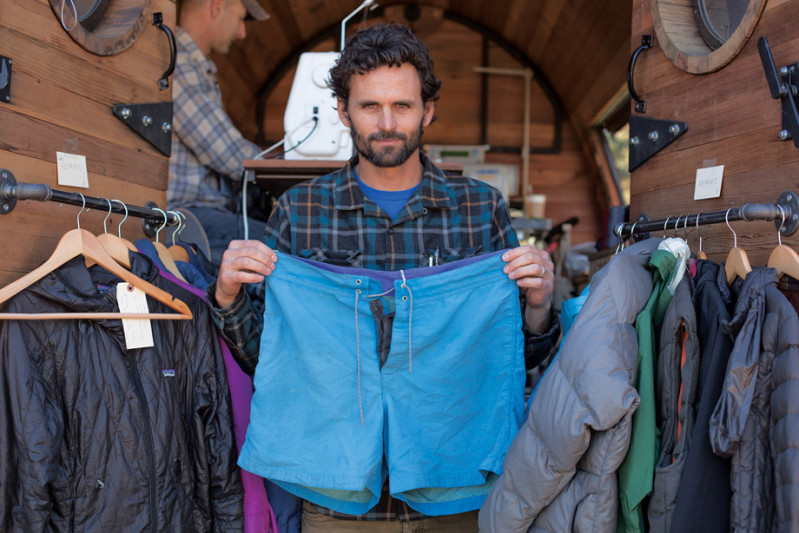
How To Create An Anti-Trend Fashion Brand
Fashion is fast; trends change quickly. With new trends appearing on the scene every season, we have to frequently update our wardrobes to keep up. Fast-fashion design labels like Top Shop and Primark introduce hundreds of new designs every week. Customers hardly have a chance to wear a new purchase before it feels outdated. These super-trendy clothes are then quickly disposed of. This is not just because they are no longer cool, but also because they aren't sustainable due to low quality and craftsmanship.
How to Create An #Anti-trend #Fashion #Brand. #fashiondesigner #fashionbusiness #trends

While the novelty of fast-fashion apparel wears off soon, the horrors associated with this style of mass production don't. This article on the Huffington Post mentions that many fast-fashion chains sell apparel with lead, carcinogens and hazardous chemicals above the admissible amount. Pretty clothes with sequins and beading are usually the result of hours of child labour and similar unethical practices.
Hence, it is understandable why consumers are starting to step away from volatile fashion trends. They realise that it is more important to have meaningful and ethical clothes in their closet, than to accumulate those that are trendy and short-lived. This shift towards slow fashion began in the 1990's and is quickly growing. Designers, who cater to the conscious customer's ideas and expectations of what fashion should be, encourage the growth of this movement.
So, what is slow fashion all about, and how can you do it as a designer?
Slow Fashion—The Opposite Of Trendy, Cheap, and Fast Fashion
The signature statement of slow fashion brands is “quality over quantity.” The brands strive to replace the unethical, disposable and unsustainable nature of today's fast fashion world. They are committed to using the best processes and delivering high quality merchandise that is environmentally friendly and ethical. Their clothes have stories, and the designs are carefully created to become classics that stand the test of time.



The White T-shirt Company focuses their entire business model on that one elusive thing... a perfect white t-shirt. Well, to be more specific, the range has a number of white, black and navy t-shirts in different styles that are suited to different people. But, the idea is doing one good thing really, really well. They are ethical too, using GOTS certified cotton!
Creating fashion that transcends trends is not easy. As designers, it is challenging to embrace the slow fashion movement because we are up against a fast and furious industry that appeals to the bulk of consumers. Nevertheless, it is possible. Here is how.
How To Do Slow Fashion As A Designer
This simple flowchart on Emerging Designers got EDGE gives us a clear idea of how the slow fashion process works. Here are the three basic stages: design, production, and consumption.
Design
In slow fashion, the design phase places emphasis on ethical, eco-friendly, sustainable and high quality practices. The idea is to create “classic” or timeless pieces that appeal to the socially conscious through their background stories as well as their style quotients. Resourceful and responsible solutions that make use of traditional cuts and designs will ensure that the product lives on for much longer. Creativity and innovation are also key to the success of the product.
Production
For a slow fashion business to succeed, the product should be unique and offer good value for the price. This can be achieved through good craftsmanship, quality materials and experienced labour. When the product is of high quality, consumers will consider it a worthwhile investment. So, designers should ensure that their design and product quality are top-notch by sourcing high quality raw materials and executing the design with quality craftsmanship. This is also the stage where the people involved in the process matter. The slow design movement respects people, supports local communities and farmers, and acknowledges the need for employees to be treated fairly.
Consumption

Convincing the customer is perhaps the biggest challenge of the anti-trend fashion designer. The key is to educate, promote, and practice consciousness about how the product is superior to its cheaper counterparts. To sustain profits, it is necessary to enlighten the consumer on why the product costs more and the better return they have when they choose it over fast-fashion pieces. Marketing it as one-of-a-kind, artisan fare can help sales. It's also a good idea to use the holiday season to break into the fashion industry. This is the time when people are willing to pay more for conscious products with a story behind them.
The journey to success is highly challenging for a designer who conforms to slow-fashion ethics. Nevertheless, many brands like Patagonia (pictured above), Eileen Fisher, Blue Canoe, and Amour Vert have succeeded in doing this already. Just check out this Forbes article on Why Brands & Retailers Are Running With the Slow Fashion Movement.
So, as designers who are genuinely concerned for the planet and its people, next time you are analysing trend forecasts and creating your new looks for the next season, think about bucking the trends!
If you thought this article was interesting, sign up for our newsletters for the latest blog posts and updates. Please tweet the article using the links throughout and below!
So, what is #slowfashion all about, and how can you do it as a #designer? #fashiondesign

Who #trends?! #fashion #fashiondesigners #slowfashion #anti-trend

